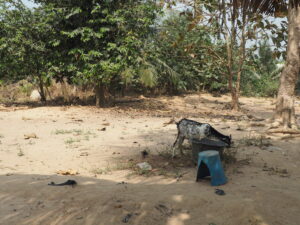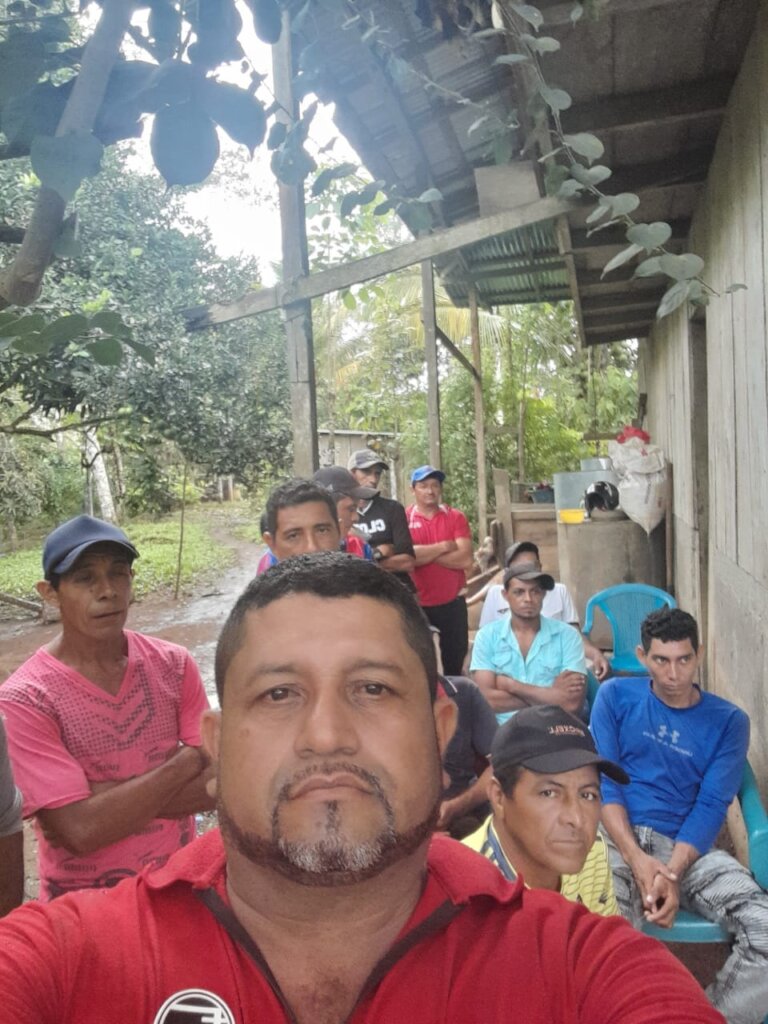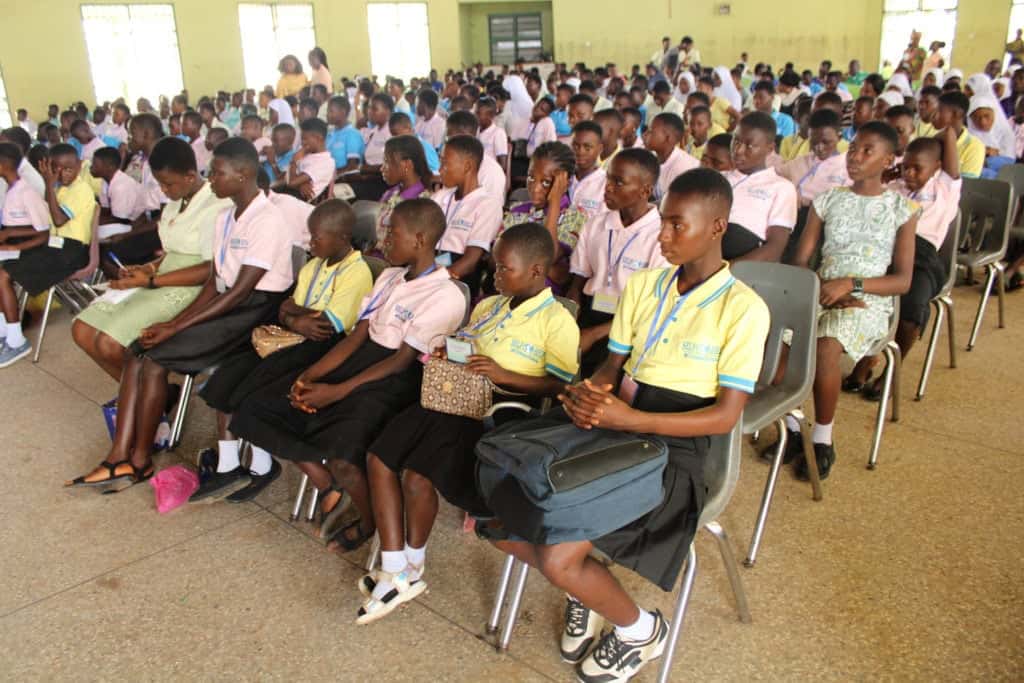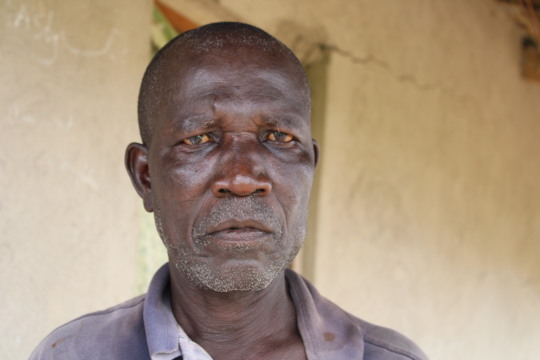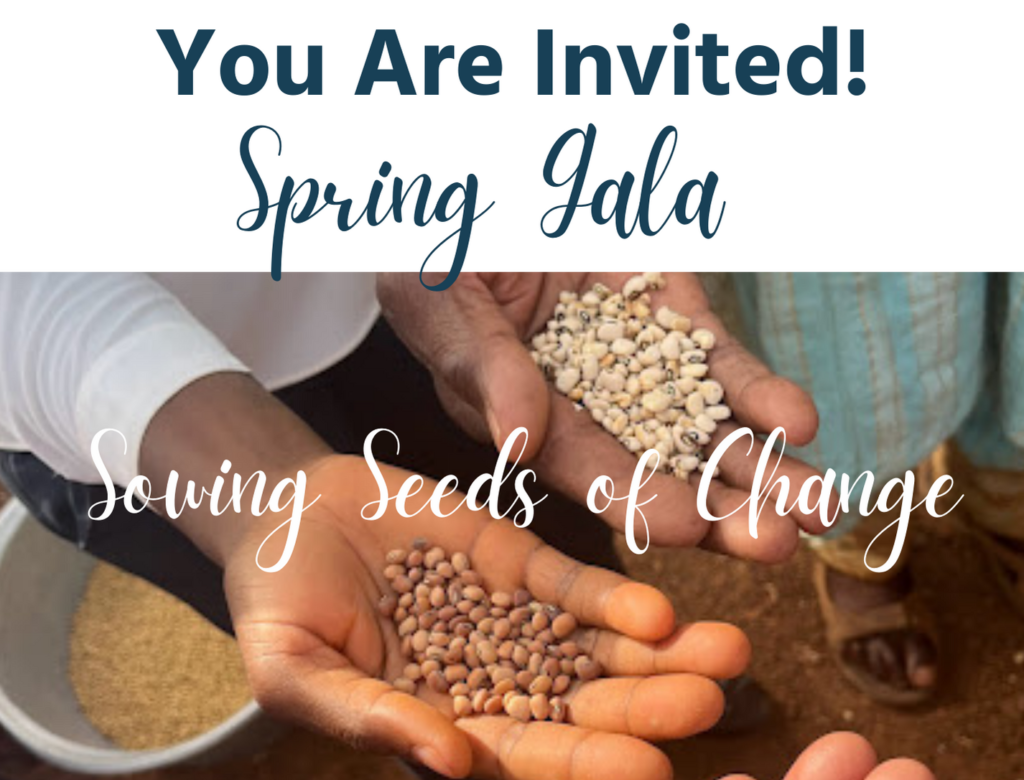Young Nicaraguan Poultry Producers Prove the Value of Quality Protein Maize

Kimberling helps her big brother raise the hens
Over the past few months, we’ve been working with sixteen area farm families and their children to demonstrate the nutritional value of Quality Protein Maize (QPM) and teach entrepreneurship and business basics through a chicken-rearing project. Sixteen children whose mothers are participants in our micro-credit program set out “to offer poultry meat to my neighbors and businesses in my community at a competitive price, achieve recognition as a young entrepreneur, and position myself as a producer of meat chickens.”
Thanks to your support, the boys and girls who participated in the project learned how to care for their chicks, and saw how they could contribute to their family’s income to break the cycle of poverty. They also learned about basic business practices such as how to factor in various production costs to determine the most profitable means of rearing chickens.
We obtained 64 broiler chicks from a poultry breeding farm in Costa Rica to start the project. Sixteen children, 8 girls and 8 boys all about 10-12 years old, enrolled in the project. All children were from families who were participating in either the SHI micro-credit program or the QPM seed production program. Each child received 4 chicks. Before the chicks were delivered, each family had to construct an enclosure to keep the chicks confined and safe from other animals, as well as provide a feeder and waterer.

Carlos constructed a chicken pen using recycled materials
The children were randomly assigned one of four types of feed rations for their chicks. Two rations contained QPM corn, one was supplemented with soybean meal and one had no supplemental protein. The other two rations contained conventional corn, again, one with soybean meal as a protein supplement and one without. Each of the four rations was fed to four groups of chicks during the last four weeks of the trial. During the first three weeks, all the chicks received the same starter ration. The rations were all balanced for energy and protein and supplemented with salt and mineral.
SHI staff weighed all the chicks weekly for seven weeks. The final results are summarized in the table below. The chicks that were fed the non-QPM corn supplemented with soy meal had the highest average ending weight, 6.05 kilograms (13.3 pounds) per bird. The chicks that received the QPM-based ration without soy meal had the second heaviest average weight at the end of the seven weeks, 5.77 kilograms (12.7 pounds). However, the chicks receiving the non-QPM + soy meal ration had a higher feed cost, which resulted in a smaller profit margin.
At the end of the trial, the chickens were valued at 77 córdobas per kilogram of live weight, the going price in the local market. Each chick cost 20 córdobas initially and received vaccinations costing slightly over 3 córdobas. The QPM and non-QPM corn were valued at the same cost per kilogram, but the rations that contained soy meal in addition to corn were more expensive overall. Thus, the chicks that were fed QPM corn without supplemental soy meal had the highest profit per bird. This means that families growing QPM corn can raise chickens with only their own corn plus salt and mineral, without purchasing expensive protein supplement.

Broiler Chick Project Results
The children enrolled in the poultry project attended three seminars presented by SHI staff, to learn about the care and management of their chicks. The children were each accompanied by a parent, so the seminars were actually family affairs. Each child developed a brief business plan that included the product they were raising, the expected selling price, the potential market for their product, the actions needed to produce it, the expected time period, and the desired results. Jorge Campos, SHI country director in Nicaragua, emphasized the importance of keeping careful records, including costs of production.
By taking an evidence-based approach and involving the families we serve, they are able to see for themselves the difference that feeding chickens QPM can make, and understand that even if the chickens have a slightly lower weight, the profit margin is still the highest. The next stage of the project will include using profits from the first group to purchase a larger number of chicks. Click here to read more about how Carlos, one of the project participants, plans to grow his poultry flock so he can earn money for his school expenses.
Thank you for your continued support, which is creating economic opportunities for rural farm families and inspiring the next generation of young entrepreneurs!

SHI staff member Alfredo helps Genesis track her chicken’s weight
Do you have a big celebration coming up? Feel like you already have all you need? Invite your friends to make a gift in honor of your wedding, birthday, or anniversary! Create a gift registry here!

 Previous Post
Previous Post